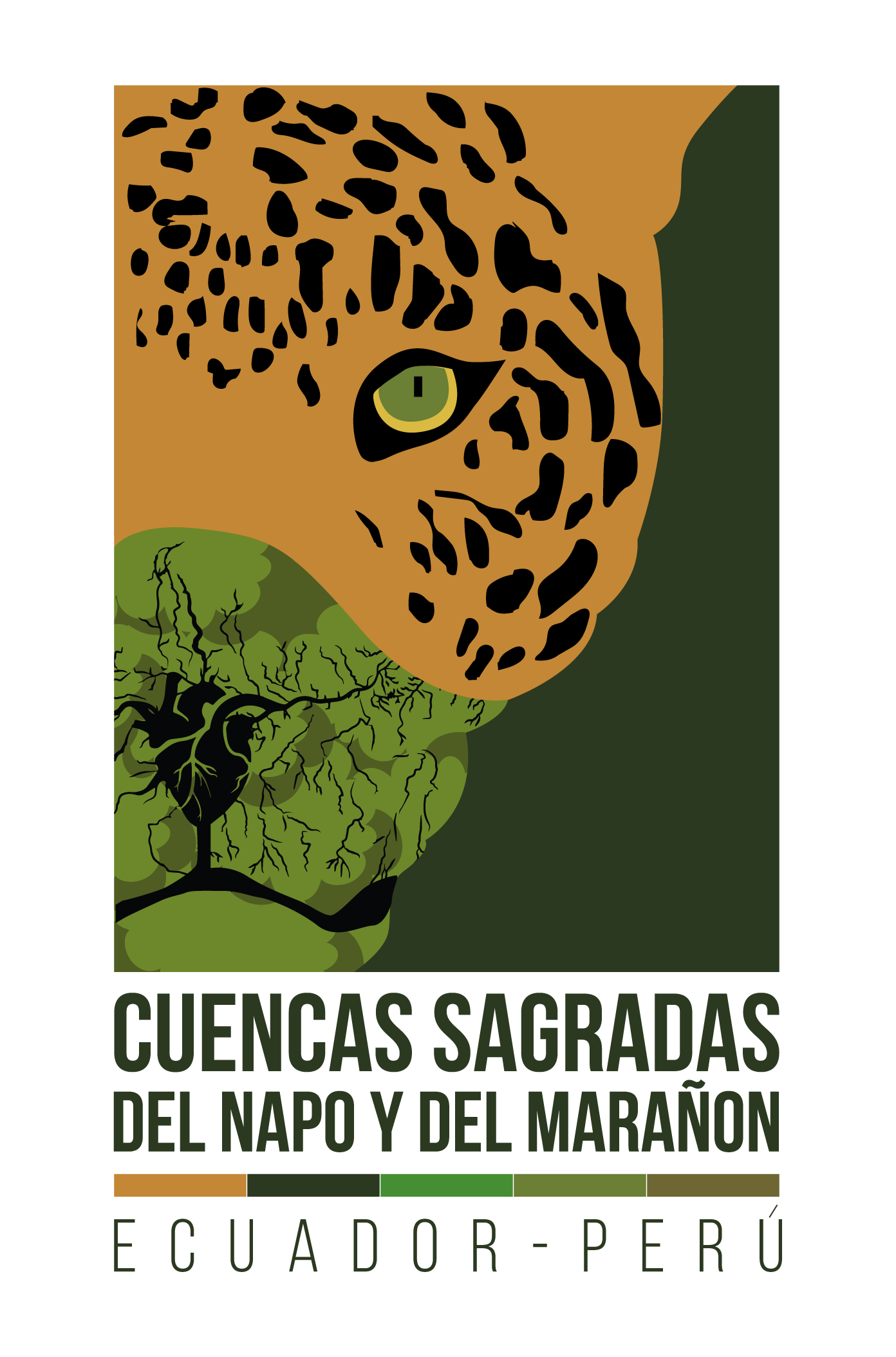The purpose of the communications group is to make the Initiative favorably viewed in public opinion polls in Ecuador and Peru; to have opinion leaders, scientists, ministers and key political leaders in both countries publicly declare their support for the Initiative and their opposition to expanding mining and oil activities; to obtain significant stories in both countries’ mainstream media and on social media; and to achieve international visibility in social media and conservation/environmental publications and networks, and among private and public conservation foundations and funding institutions.
- Develop a communications plan to popularize the global importance of the bioregion – producing compelling, interactive maps based on scientific information, and visual content, and use storytelling and media campaigns to build public support for the Initiative.
- Organize and mobilize opinion leaders, journalists, influencer networks, celebrities, scientists, and academics in support of the Initiative.
- Expand capacity building in media skills training for indigenous leaders to support their own storytelling and advocacy.
It would be crucial to generate debate and amplify the importance of indigenous climate solutions; biodiversity of the region; ecological functions of the Amazon; protection of sacred areas; development models not based on extracting fossil fuels and minerals; clean energy; and mitigating climate change.
